Shift
Recognizing that we are experiencing a shift, how might we collaborate to create an app to daily monitor the shift? Would it be possible to quantify and map the shift in values, perceptions, states of mind, and relationships?
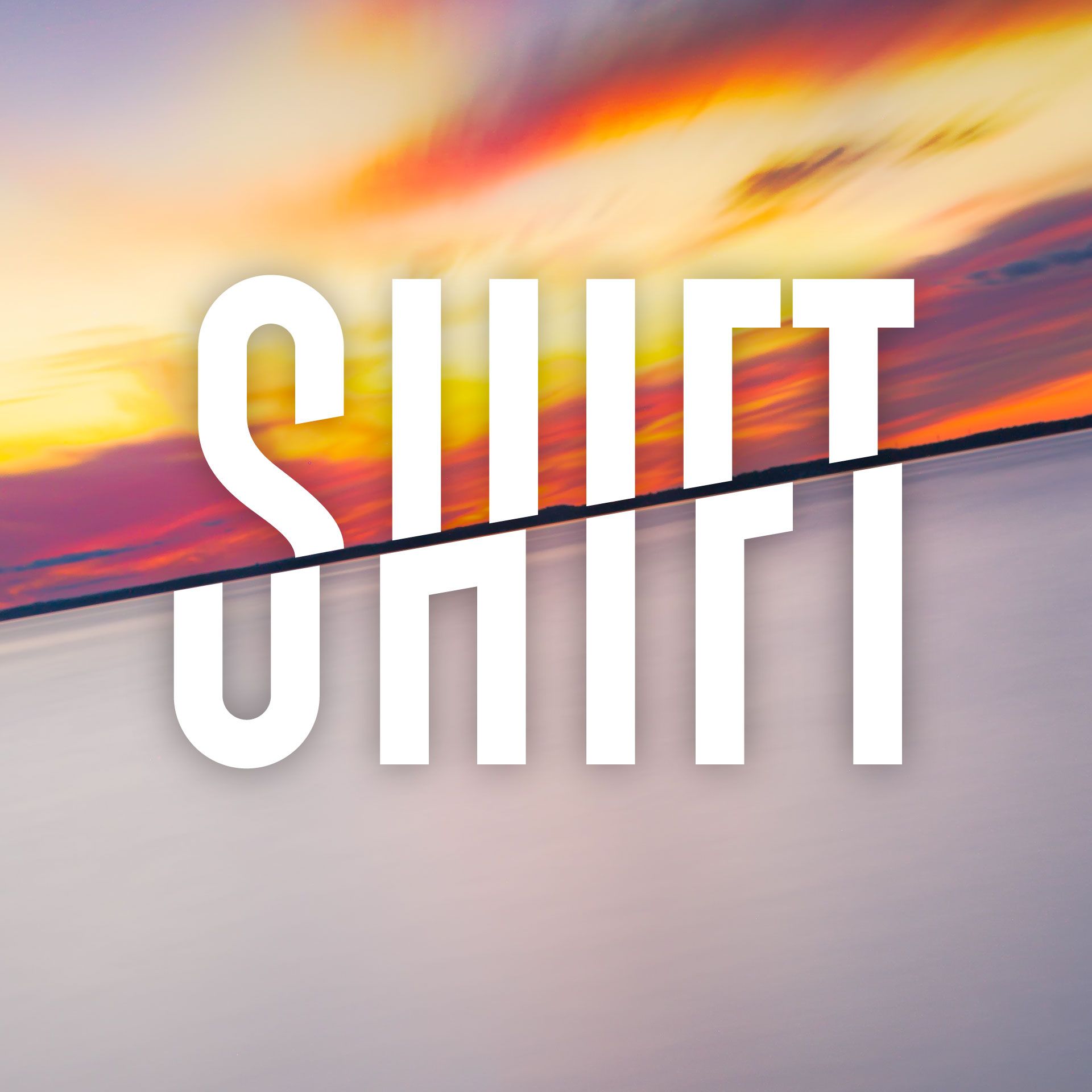
Paradigm Shift Platform
Today, the Living Systems Collaboratory was gathered to listen to the perspective of Mansoor Vakili, who has made our gathering possible through his patronage.
Mansoor Vakili
Mansoor began discussing the shift that we are going through and how we as a group can participate, as a seed.
The whole universe is a living system.
- The universe is manifesting higher knowledge, higher purpose, and higher intelligence
- We are experiencing a shift in values, perceptions, states of mind, and relationships
Fractals and Trimtabs
We discussed some questions based on the integration of what we are learning about Bucky’s concept of trimtabs and what we have been learning about systems philosophy and fractals with Mansoor.
The question arose, What are the connections between fractals and trimtabs?
Trimtab: What is the minimum effort that we can do to have the maximum effect?
Effortless Action
Ilaria Forte provided a good summary of the connection between the concepts of fractals and trimtabs.
The similarity with Fuller’s concept of the Trimtab may lie in what the Daoists define as ‘effortless action’, a principle that governs the natural world.
The development of fractal geometry, theory and simulations have made significant contribution to our understanding of the natural world. In particular, the fractal theory proposes a simple and fascinating way to express and explain the infinitely complex never-ending structure of a systems in its dynamic iterating process and interrelated nature of chaos and order based on feedback loops and repetition.
I like the idea that such such a simple equation (Zn+1 = Zn2 + C) has an infinite generative potential.
Contemplating on the possible applications of fractal theory on whole systems change, one needs to identify those features of fractal theory that can be applied to social environment/interactions and understands how fractal structures govern these type complex systems/ environments, relationships and underlying evolutionary/transformation processes that shape them.
How do we apply fractal theory to psychological and sociocultural processes (for example cross-cultural transitions, cultural adaptations or appropriations, identity) and transition patterns as a response to specific community interventions (for example urban regeneration strategies)?
A Perspective
- Shift in perception
- Nonliving planet and universe
- Living universe and planet
The Shift
- quantity > quality
- rigidity > flexibility
- substance > patterns
- objects > relationship
- consumption > conservation
Shift in the state of mind from linear thinking to systems thinking
- judgmental > observant
- negativity > positivity
- blame, anger > forgiveness
- revenge > tolerance
- violence > peace
- hopelessness > hopefulness
- hate, expectation > unconditional love
- rational > intuitive
- reductionist > holistic
- separation > connectedness
Shift relationships
- Self-assertive > integrative
- competition > cooperation
- domination > partnership
- liability management > asset management
- short-term gains > long-term achievements
Paradigm Shift Platform
Recognizing that we are experiencing a shift, how might we collaborate to create an app to daily monitor the shift? Would it be possible to quantify and map the shift in values, perceptions, states of mind, and relationships?
UX Design
From a UX design perspective, an app begins with a process, defining the design problem, engaging in empathy research, ideation of possible solutions, designing prototypes, user testing, and iteration to improve and increment on the features based on feedback.
The first step was to gauge the interest and commitment of the group to participate in creating a Paradigm Shift Platform.
Commitment
This project would be a realization of my applications to the Design Science Studio and the Living Systems Collaboratory.
It is also a realization of a life-long commitment to learning how to apply the process of creativity, art, and design to become one new humanity, one body, focused on love as a core value and practice. To Build.
Background
On June 12, 2020, I submitted an application to participate in the Design Science Studio for a project called Design for Resilience (view the full project submission). I learned that I was accepted into the Design Science Studio at the beginning of August 2020. Since September 2020, we have been collaboratively working to build a world that works for 100% of life.
I learned about the opportunity to be part of the Living Systems Collaboratory through my membership in the Design Science Studio. I submitted a proposal for a UI to navigate a model for metaphysical gravity in October 2020. I learned at the beginning of November that I had been accepted into the Living Systems Collaboratory.
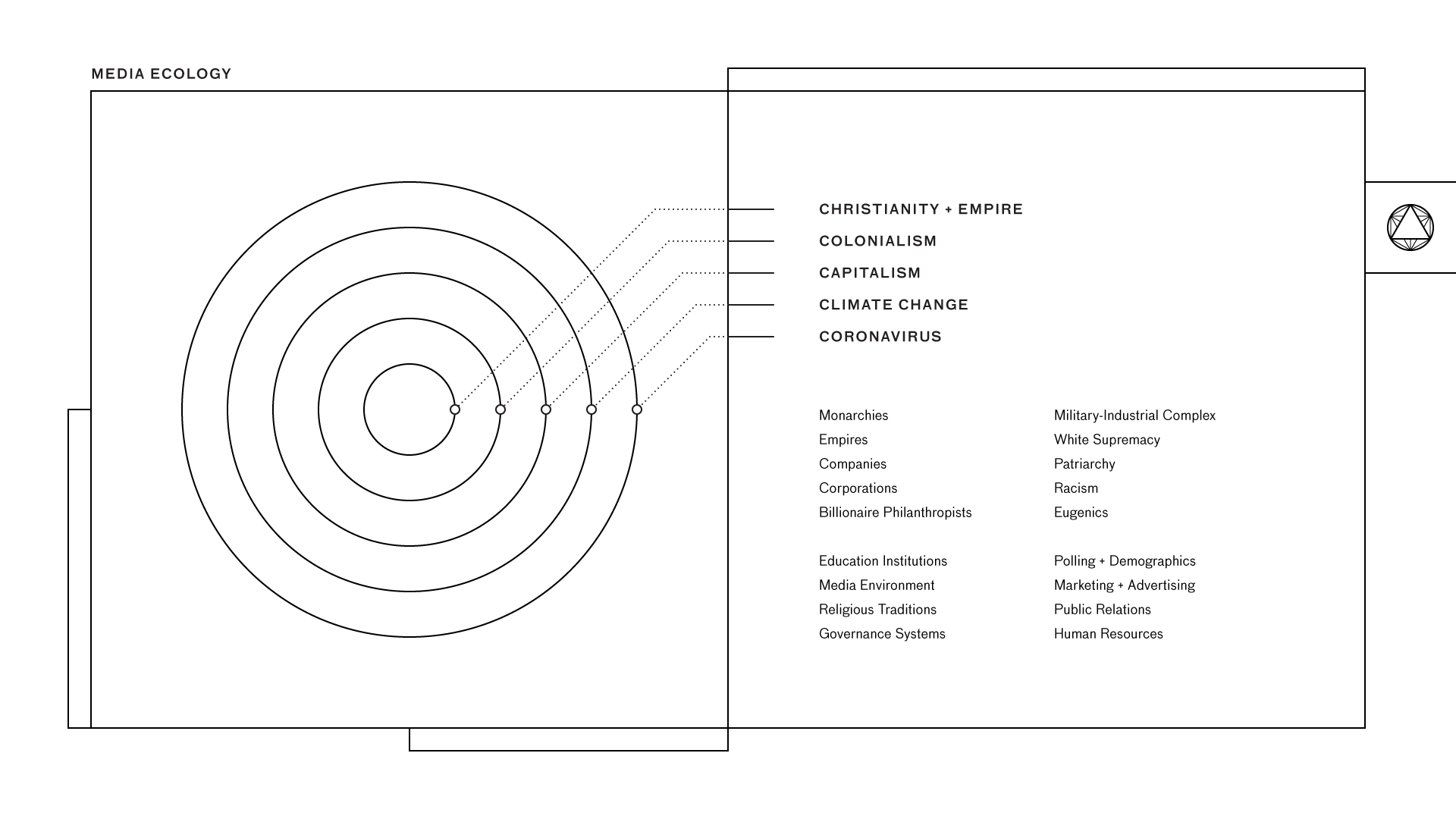


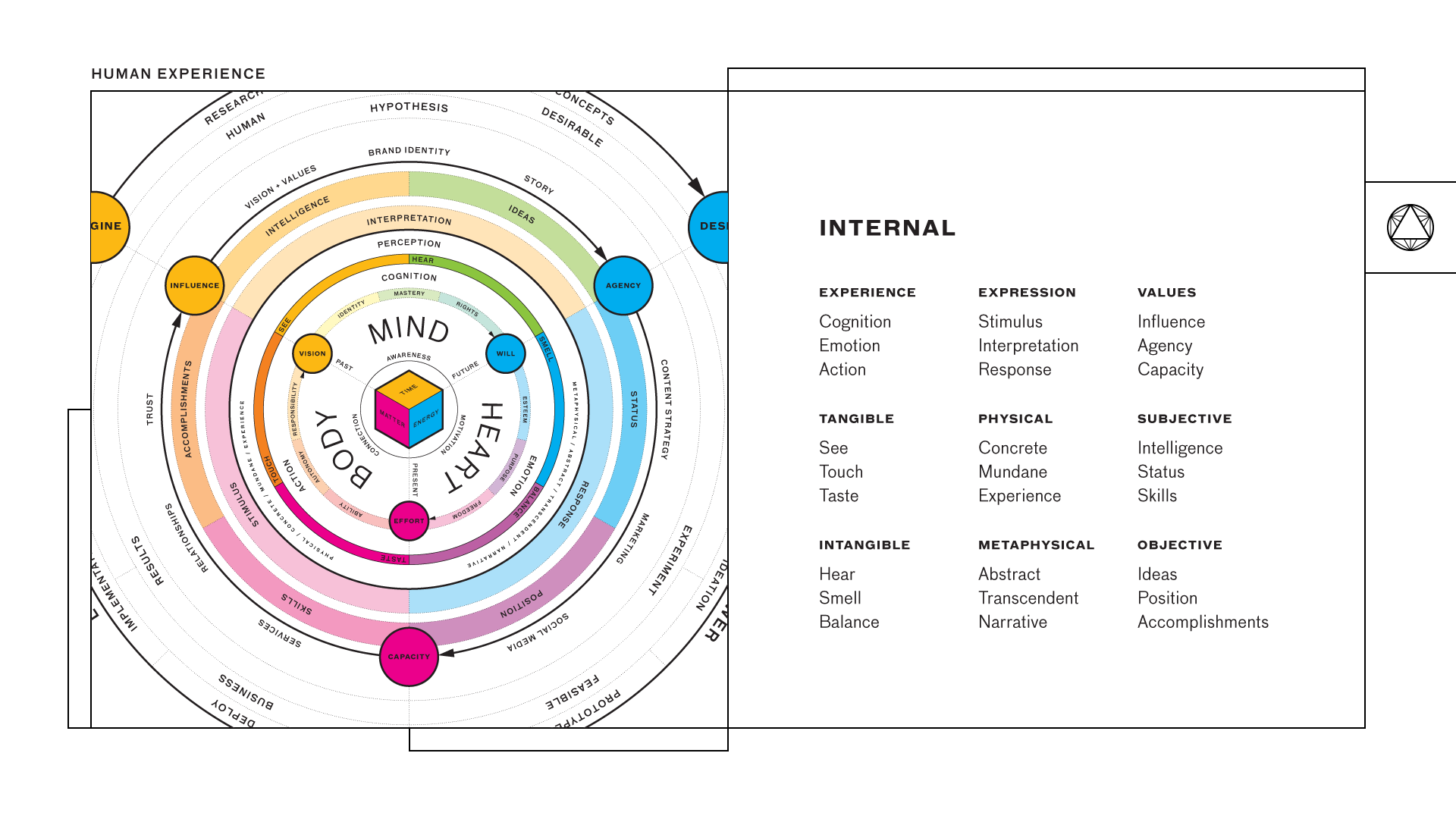
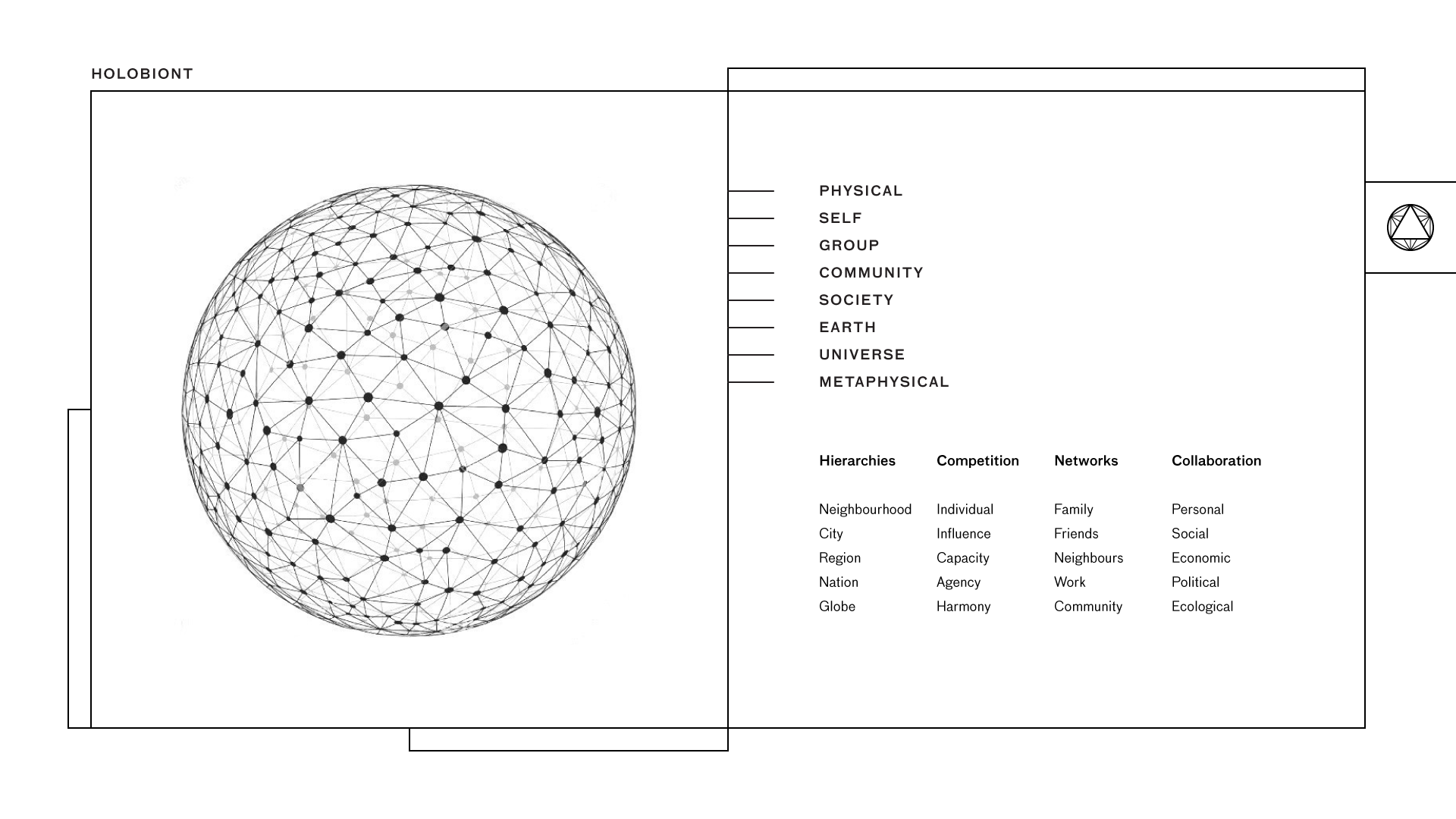
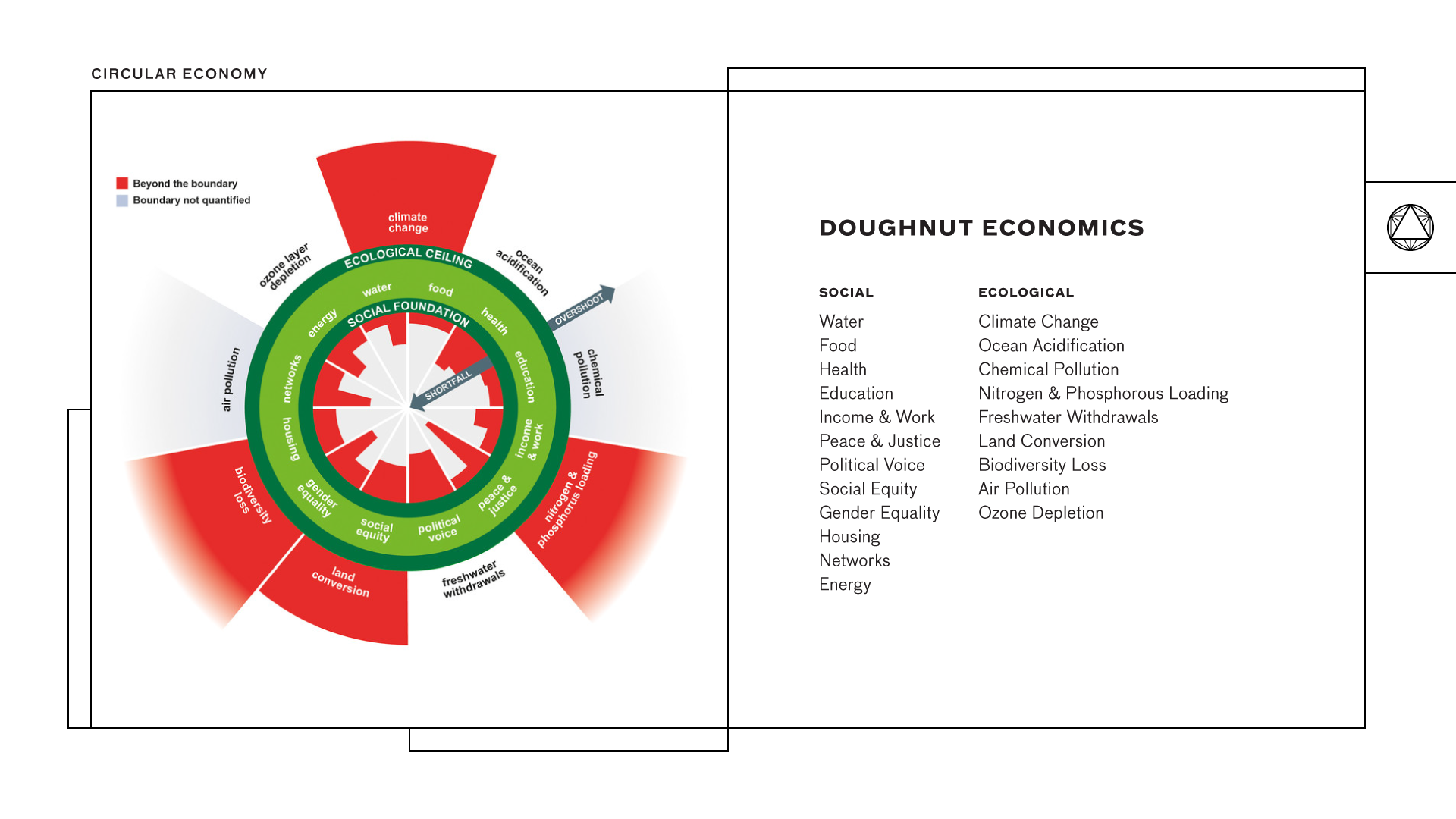
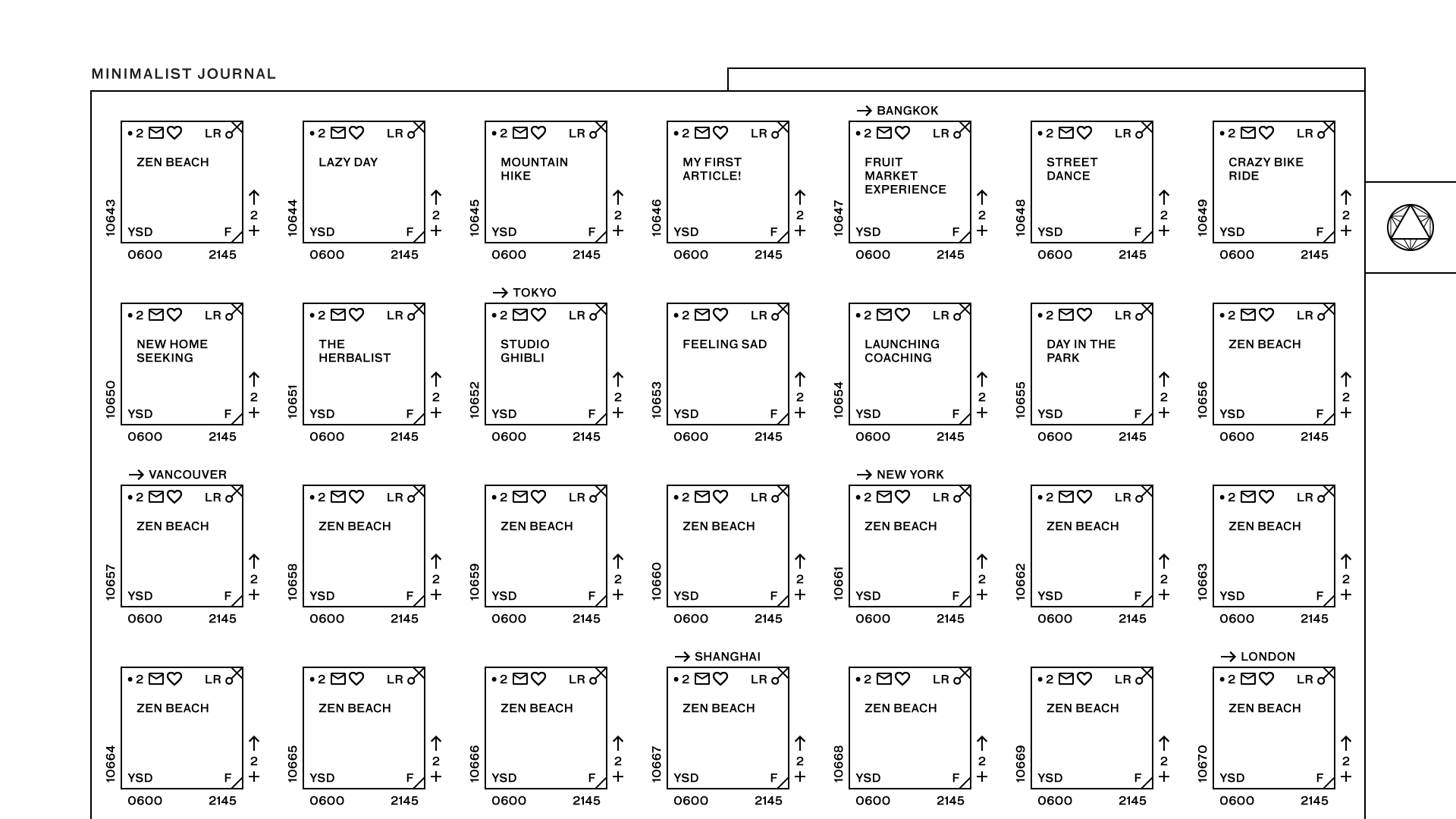


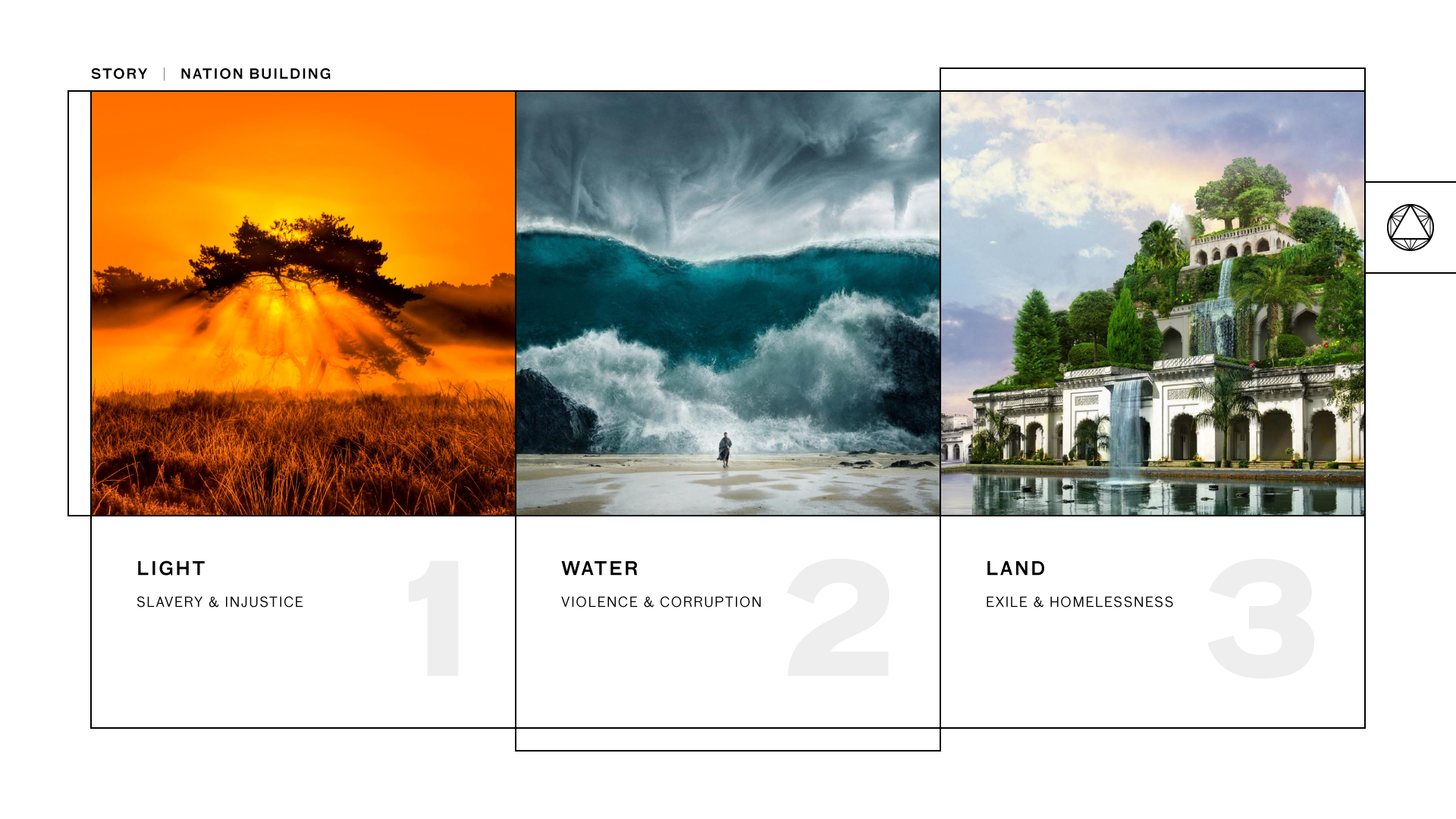
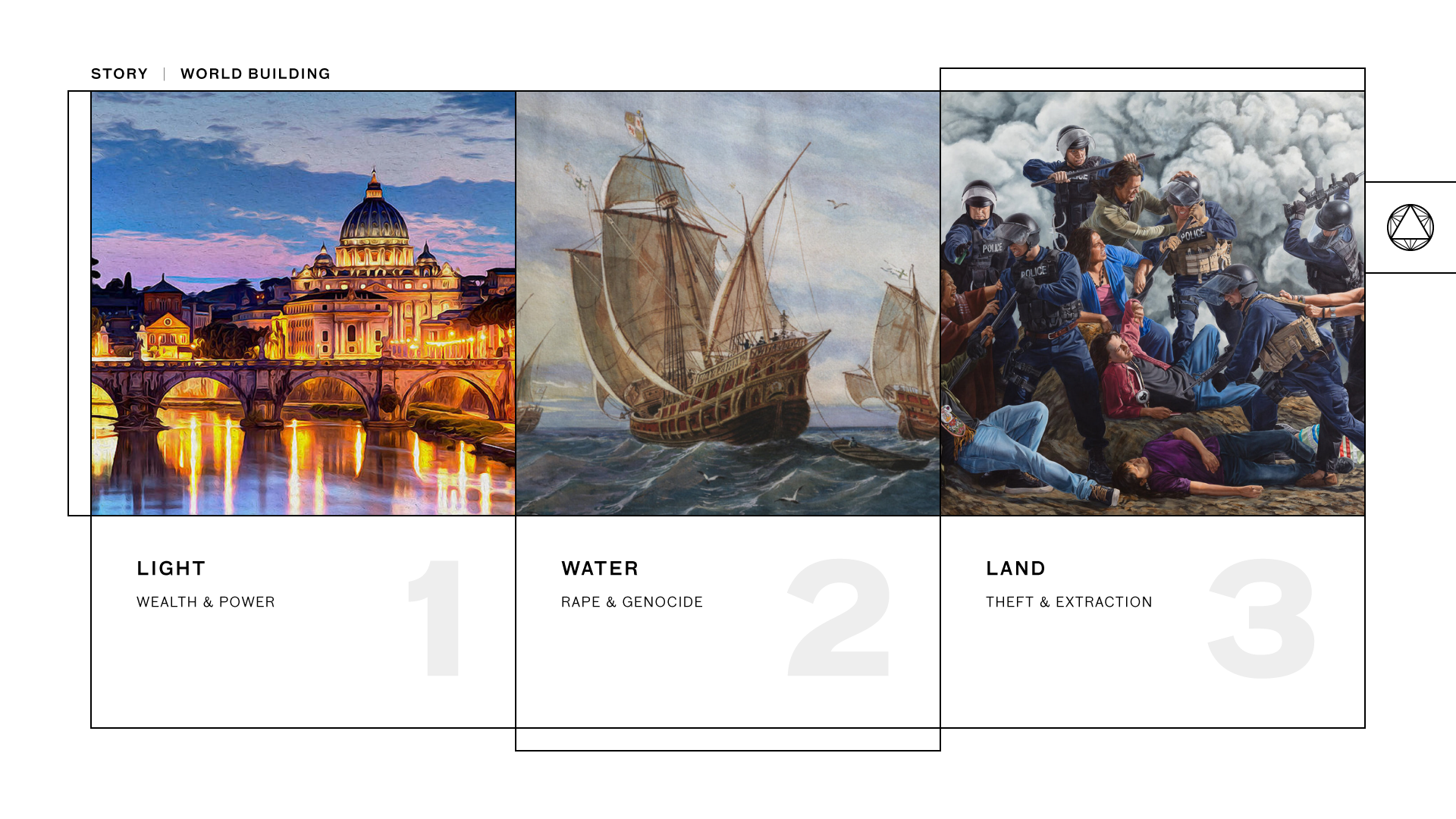
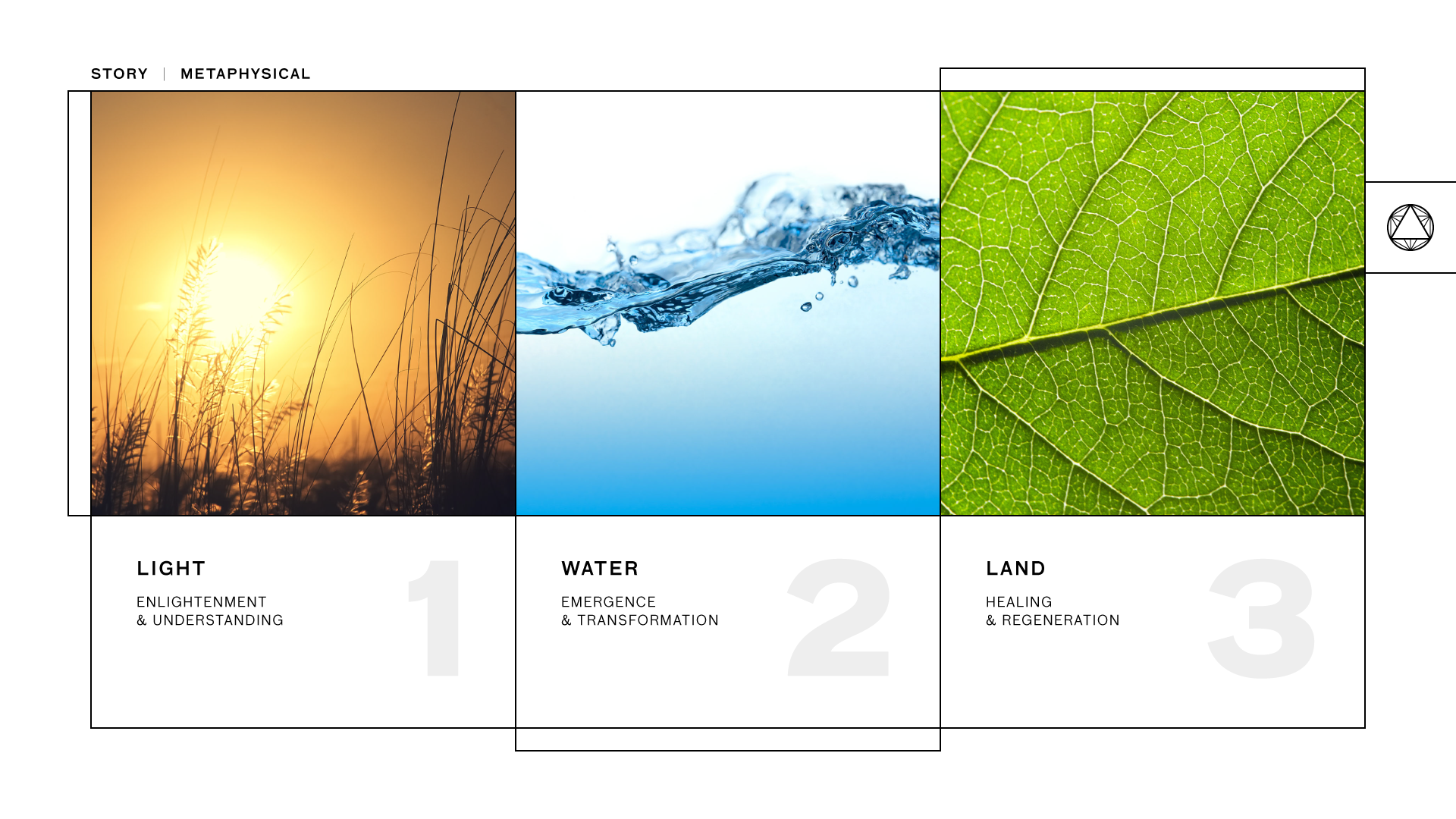
It is interesting to look back at what I had be preparing over the previous 5 years for what would come next in my evolution as a designer.
Design for Resilience
Bio
I am exploring how we imagine, design, and build the future together. I founded Builders Collective to build leaders to design a resilient society. I write about the evolution of design at stephenbau.com. I work as a mentor for UX Academy at Designlab.
As a social architect, I am observing the metaphysical and linguistic connections to the physical infrastructure of our living systems. By understanding the connections between perception, cognition, emotion, and action, we can become aware of the metaphysical limitations, abilities, and responsibilities within the physical environment that defines our interdependent relationship to Universe. By naming and visualizing Universe’s properties and processes, we create mental models as prototypes of adjacent possibilities in order to build regenerative processes for living systems.
Project
Design for Resilience
Building leaders to design a resilient society (bldrs.co). A gathering of people who are investing their collective time, energy, and resources in the challenge of reimagining our social architecture.

Description
A digital network and education platform supporting local initiatives to reimagine our social architecture through listening, empathy, education, raising awareness, and sharing time, energy, and resources to support each other in the interior work that we manifest into the world as products, infrastructure, architecture, and social systems through creativity, collaboration, and community.
- GitHub: Builders
- Patreon: Builders
- BLDRS Collective Inc.
- Imaginaxiom: At the intersection of creativity and technology
- Design Influences: Inspired by the past. Shaping the future.
- Builders Collective: Exploring how we imagine, design, and build the future together
- Social Architecture: Reimagining our common life together
- Time, Energy, and Resources
- The Design Administration: When social systems, corporations, and governments fail, designers pick up the slack
The long-term vision is to create a community through publishing and the development of a digital education platform: magazine, podcast, websites, and learning management system.
What creative skills / background are you bringing to this project
- Graphic Design
- Experience Design
- Developer
- Systems Design
- Creative Writing
- Philosophy
- Other
If “other” please explain
Social Architecture: reimagining our social systems. If we are going to replace capitalism, racism, and industrial ecocide, we need a new model to replace the obsolete model.
What is your message or outcome?
What is the take away for your experience? What is the emotion you want people to have? What shift in behavior are you looking to inspire? If you don't have a fully formed concept, share what you have so far or what you're interested in exploring.
We have been designing the physical world, but we neglected our metaphysical reality: that which is beyond the physical—the social, economic, and political.
Social: does it meet a human need?
Economic: given what is possible, can we use the available time, energy, and resources to accomplish it?
Political: can we convince other people that it is important and valuable to invest in this course of action?
This is metaphysical design. These are the intangibles that we cannot reduce to measurements. We must decide what we value, and there are no physical, empirical methods for discovering these things, unless we reduce people to numbers, which is what capitalism does to humans. Humans are merely numbers on a balance sheet.
In a world of scarcity, there is competition and violence. In a world of possibilities, there is abundance, creativity, collaboration, community, and resilience.
What would happen if we abolish money and instead invest time in each other and in the work of living? When we change our incentives, we change our world.
Thoughts? Questions?
The builders collective is a project to document a community into existence. If you need help documenting the awakening and the cultural shift that is happening, I would like to help with that effort.
How can I best observe, listen, and support you with the Design Science Decade initiative?
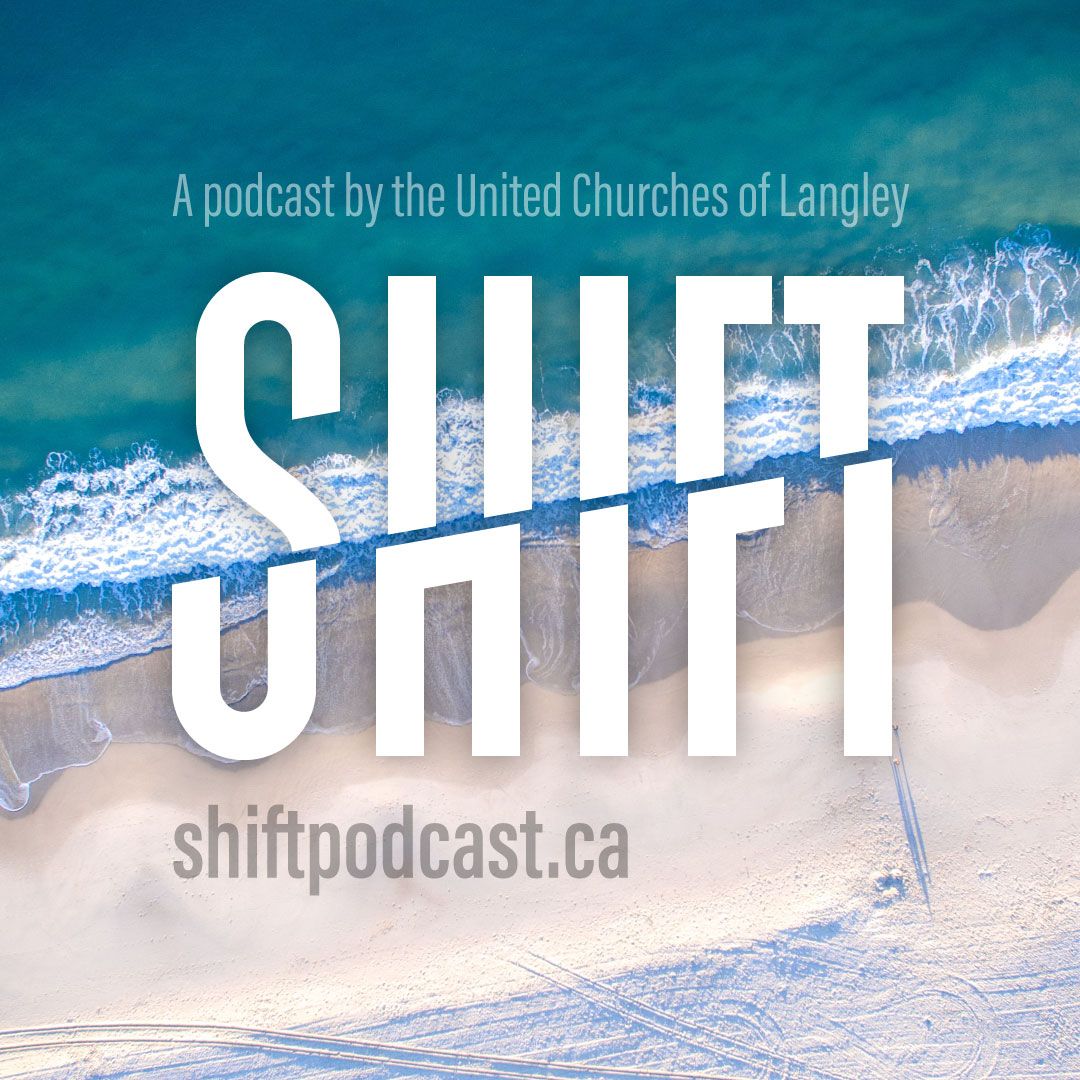
Shift Podcast
Documenting the shift from exterior structure to interior awakening
This is the shift that we are documenting with a recently released podcast, Shift Podcast, created with the United Churches of Langley.
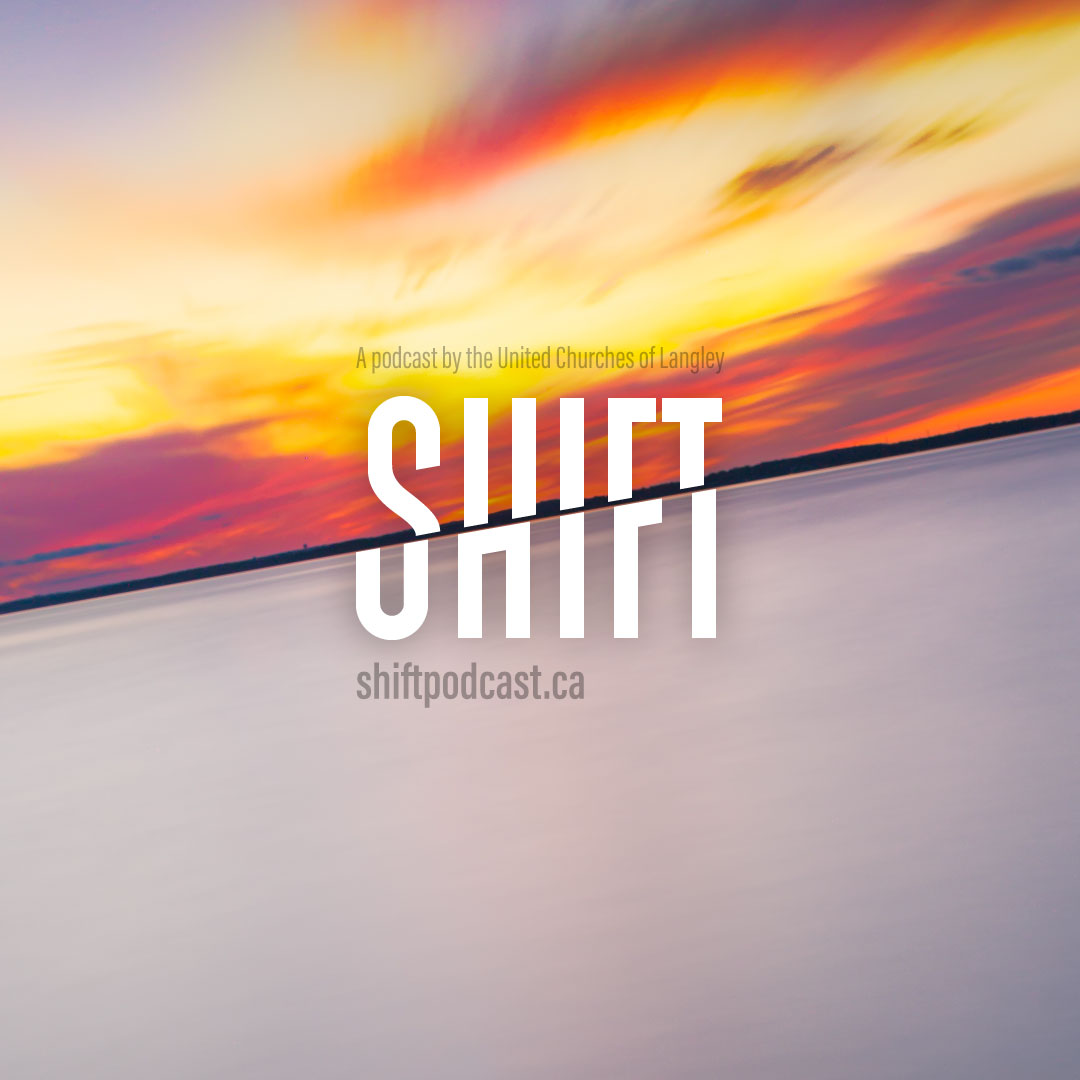
The first episode confronts the conflict that tends to divide the world between science and religion, but discovers instead a common humanity that unites us all.
Faith and Cognitive Science of Religion
Beginning with an emotionally charged narrative of religion, this episode turns to Myron Penner, a professor of philosophy, and Brad Jarvis, our host. Their conversation ranges across faith and science, exploring the ways that cognitive science informs religious experience. Now that science has “found out” religion, is faith undercut? Or does religious experience transcend the observations of science?
